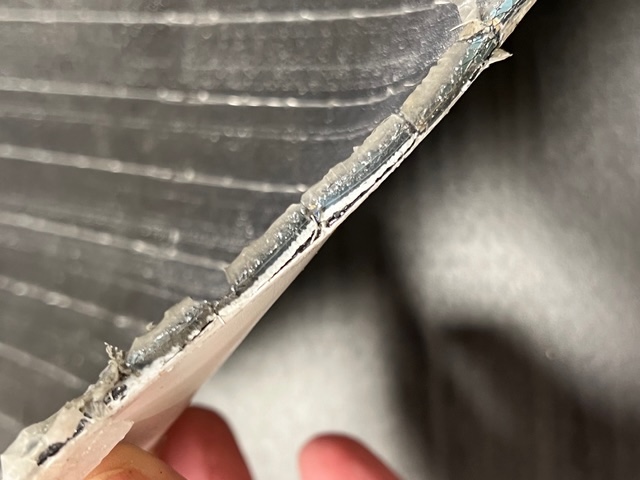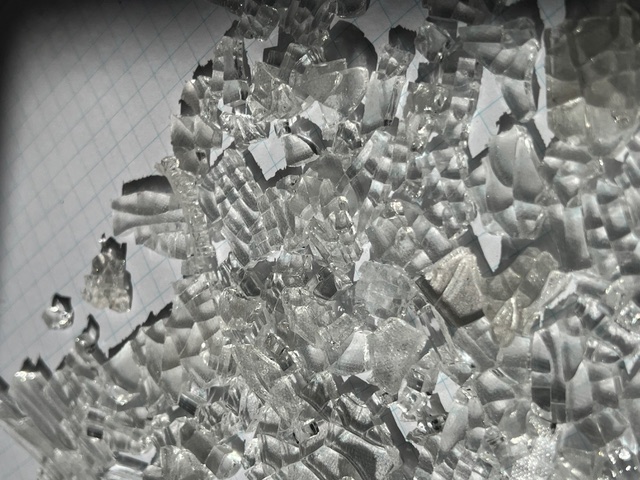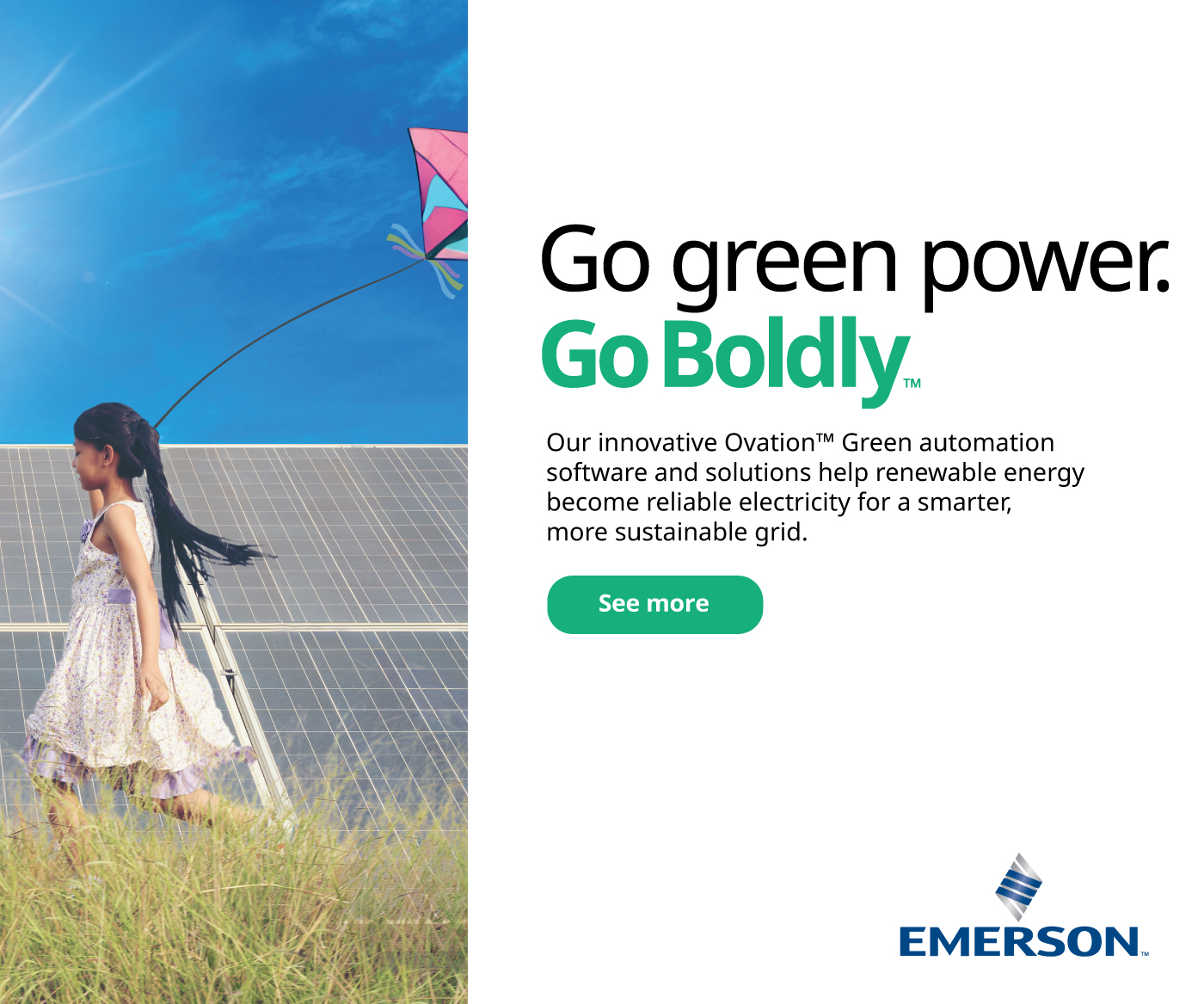Finding New Life for PV Glass and Silicon
One of the biggest hurdles to panel recycling in the U.S. today is that solar glass and cells are not being separated and recovered for their value. Panel shredding is the most common process; at best, it recovers value for aluminum, silver, and copper, leaving other valuable materials clinging to the glass that goes to the landfill. Glass disposal fees cost recyclers, further driving profits down and extending those costs to well-intentioned, recycling customers. There’s much room for improvement in module material recovery.

A new set of processes to address the many module material recovery intricacies will soon be available in the U.S. These processes start by recovering more from end-of-life (EOL) modules, including historically challenging glass and silicon. They involve removing the junction box and aluminum frames, followed by separating glass from the backsheet, Ethylene Vinyl Acetate (EVA), and cell using machines. This is just one solution in a toolset being developed for handling various types of panels with integrity and payback.
EVA is the glue that holds the glass, solar cell, and backsheet together on nearly all modules. Much like a shatterproof adhesive in windshields PVB (polyvinyl butyral), EVA acts as a binder that holds shards together when breakage occurs. EVA is the goal constituent to break down in panel value recovery so that glass can be pulled apart from the cells successfully with little to no metal contamination.
The glass that is mixed with silicon equals little to no silicon recycling and limited glass recycling, if not more than 99 percent clean. U.S. glass manufacturers don’t accept solar glass because of its antimony contamination. This antimony contamination limits the use of solar glass in recycling programs for two primary reasons. The first is that contamination of the antimony in the glass matrix is enough to trigger waste management issues when used for sandblasting and anything designed to be placed on the ground or incorporated into the soil. The second is that the majority of glass furnaces in North America use significant amounts of glass cullet to produce float glass and fiberglass. These processes are very sensitive to metal contamination in glass oxides.

The successful recovery of solar glass and silicon in the U.S. marks a milestone in advancement for the solar recycling industry. A new, off-the-shelf process to separate glass from silicon cells is 80 percent more efficient than current recycling machines, producing 100 percent purity, has a lighter footprint, and is cost-effective.
With increased purity of the silicon recovered, value will be added to each panel, driving per panel recycling costs down. Silicon currently hasn’t been a recoverable element in modules, often locked into glass and backsheet scraps that go to the landfill. Now, high purity silicon can support domestic semiconductor manufacturing, putting critical materials back into the system.
These recycling advances will improve current market solutions, increasing the recovery of the metal and other valuable commodities locked within the solar panels, while properly addressing the reuse of solar panels through verified partners with well-documented and developed quality control programs. It’s a simplistic approach that tackles one problem at a time, while maintaining awareness of the market conditions existing on a global scale to solve these problems.
The ability of multi-national glass reclaimers to turn the antimony-laden glass materials into newly manufactured products like porcelain toilets, glass blocks, and even new solar glass, marks a major boost towards a full circular economy approach in solar.
Finally, cost-effective PV recycling
Panel recycling is known to be expensive, with the average cost of recycling a solar panel ranging from $15 to $45. A few mechanisms drive costs; the main driver is the failure to recover more value from materials and find a profitable host of buyers. Adding in the cost to run a plant, the machinery, certification costs like R2 Certification, labor to check panels, the cost for logistics both to the facility and to the buyer (often overseas), and tipping fees, and the industry is looking at prohibitive expenses.
By accounting for these costs by recouping all potential value instead of passing those high costs along to the client, the process becomes more widely achievable.
A major rumbling in the solar recycling industry is emerging, and it will only be solved with verified traceability — both for reused panels, which should be responsibly traced when re-routed for use, and recycled panels, where recycling certificates may not represent true recycling. Since the solar panel recycling industry is still relatively new, many major players are trying to find their profit footing, regrettably finding it necessary to forgo their earlier recycling promises. Certifications and reports may not be enough to detect these actions. That’s where e-waste tracing dashboards will serve larger entities like developers and utilities in delivering transparency for ESG and impact reporting.
The only way we can start making module recycling mainstream is by clearing the current market roadblocks. This will go a long way in creating the many solutions that will lead to an avalanche of transparent, affordable panel recycling in the U.S.
Dwight Clark, CHMM, is the founder of Solar E-Waste Solutions, a veteran and employee-owned recycling company focused on the solar recycling market, with the specific intent of increasing the potential revenue that can be recovered from the reclamation of metals and other valuable constituents from modules through good engineering and science.
Dwight has a background in Environmental Engineering and certification as a Hazardous Materials Manager, and executive operation experience where he designed operational processes for a panel recycling company. As a former small business owner, he consulted on operational efficiency, environmental health and safety, and materials processing for various businesses. His career also includes permitting and closing several RCRA Hazardous Waste Treatment Storage and Disposal Facilities, serving as a Nuclear Engineer in the US Navy, and being a National Board Member of the Academy of Hazardous Materials Professionals.
Solar E-Waste Solutions, Inc. | www.solarewastesolutions.com
Author: Dwight Clark, CHMM
Volume: 2024 September/October









.png?r=9963)

